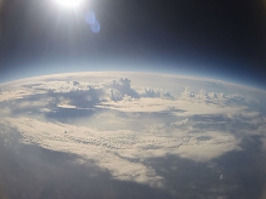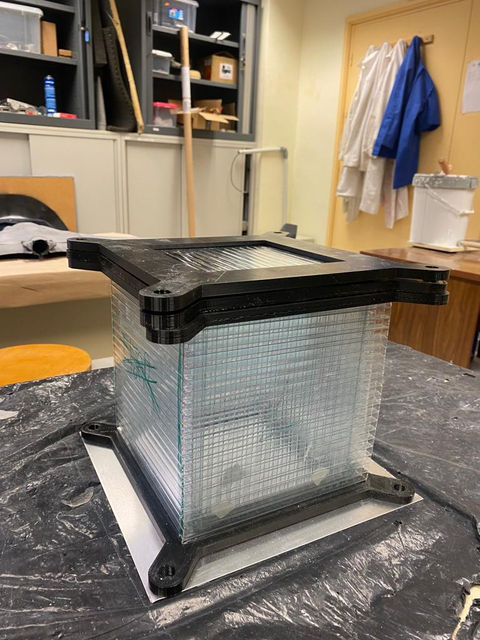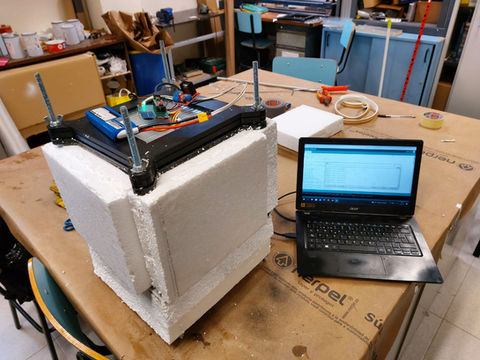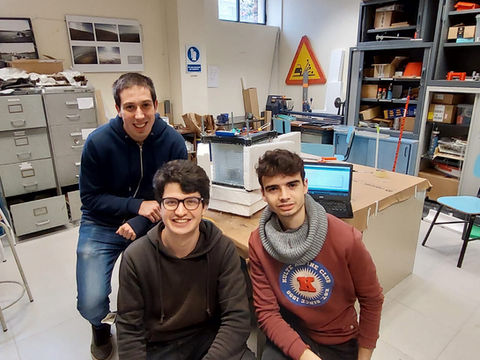

Zephyros mission has its origins in 2019, pursuing the aim of becoming the first high altitude balloon with zero pressure technology that is able to remain at a great altitude for an extended period of time.
This concept builds up on the features of the stratospheric balloons, intended as a test platform for experiments in near-space conditions and earth observation. Key aspects for the continued development of this HAB-based platform are versatility, reliability, sturdiness and efficiency.
At international level Zephyros aims to participate in the next editions of the Global Space Balloon Challenge, a competition in which different student associations from around the globe compete with their HAB projects for the prizes Best Mission Design and Best Experiment.
High Altitude Balloons development
2019-2023
The mission aims to create a two way valve that allows for the balloon to stay suspended at a given altitude for an extended period of time, in hydrostatic equilibrium.
The project is divided into two phases:
-
Data acquisition and preliminary design: In this phase the objective is to collect information about the balloon’s behaviour during its flight and how the ejection of part of its helium affects the probe. Moreover, a bidirectional telemetry system is to be tested.
-
Final design and testing: With the data collected from the previous phase, a final valve for our zero pressure balloon will be designed, taking into account the best way to operate it. The launch will contain the final iterations of the different components.
-
Development of Scientific Payloads for ESA REXUS/BEXUS contest. A new horizon has been established for the Zephyros mission. We aim to submit a payload design to be launched in the BEXUS 2024 project.
2018
The mission was developed with the aim of implementing a modular payload housing system which enhanced the versatility of the HAB as a means of transportation for payloads.
Moreover, the telemetry and balloon tracking systems were improved, resulting in a greater reliability and stability of the different electronic systems (LoRa and Iridium)
This mission developed a payload with a zone that met the necessary conditions to sustain life in space conditions, in essence, extreme temperatures, lack of air and high levels of radiation.
A control system for the temperature and oxygen level in the inside of the capsule was developed, as well as a rework of the telemetry system in order for it to fit in the reduced space available.
2016
This organisation inaugurated the HAB department at the UPCSP, of which it is a co-founder. It was a pioneer in the development of HABs, having designed the mechanical system for the inflation and airtightness of the balloon, as well as the telemetry system in charge of tracking the balloon during its flight.
In 2016, NESLAB participated in the Global Space Balloon Challenge, where it earned first place in the category Best Photography.
The project Every child wants to be an astronaut was also carried out, with the objective of the live streaming of a payload launch which contained drawings from children who were patients at Sant Joan de Déu Hospital in Barcelona.















